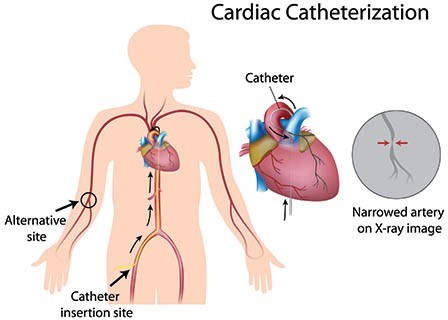A nurse in a mental health facility is caring for a client who has a major depressive disorder.
A nurse is planning to reinforce teaching with a client who is scheduled for a procedure. Which of the following statements should the nurse plan to make?
Select all that apply.
"The ECT procedure will cause you to have a brief seizure."
"You will not be awake during the ECT procedure."
"You will be placed on a ventilator to help you breathe during the ECT procedure."
"You will probably sleep the rest of the day following the ECT procedure."
"It should only take one ECT treatment to bring you out of your depression."
"Some clients experience temporary memory loss following ECT therapy."
Correct Answer : A,B,D,F
Answer: A, B, D, F
Rationale:
A. "The ECT procedure will cause you to have a brief seizure.":
This statement is accurate as electroconvulsive therapy (ECT) intentionally induces a controlled seizure, which is thought to positively impact brain chemistry and alleviate symptoms of major depressive disorder. Educating the client about this aspect helps demystify the procedure and reduces anxiety.
B. "You will not be awake during the ECT procedure.":
The client receives general anesthesia before ECT, so they will be unconscious during the procedure. This reassurance can help alleviate fears associated with being awake and experiencing discomfort during the procedure.
C. "You will be placed on a ventilator to help you breathe during the ECT procedure.":
During ECT, clients do not require a ventilator, although they may receive oxygen support. An anesthetic and muscle relaxant are administered, and while the client’s breathing is closely monitored, a ventilator is unnecessary for this brief procedure.
D. "You will probably sleep the rest of the day following the ECT procedure.":
Many clients feel drowsy and need extra rest after ECT due to the effects of anesthesia and the brief seizure. Informing the client helps them prepare for this common effect and sets realistic expectations for their recovery period.
E. "It should only take one ECT treatment to bring you out of your depression.":
ECT is typically given as a series of treatments over several weeks to achieve lasting improvement in depressive symptoms. One treatment alone is usually insufficient, so this statement could mislead the client regarding the treatment plan.
F. "Some clients experience temporary memory loss following ECT therapy.":
Temporary memory loss, especially of recent events, is a known side effect of ECT. This side effect is generally transient but can help the client to be aware of this possibility, helping them to anticipate and manage any concerns post-treatment.
Nursing Test Bank
Naxlex Comprehensive Predictor Exams
Related Questions
Correct Answer is B
Explanation
Answer: B. You can take a shower 1 day after your procedure.
Rationale:
A. You can resume a regular diet 3 days after your procedure:
There is typically no need to delay resuming a regular diet for three days after a cardiac catheterization. Most clients can resume their usual diet shortly after the procedure once they are fully awake and any nausea has resolved.
B. You can take a shower 1 day after your procedure:
It is generally safe to shower the day after a cardiac catheterization as long as the insertion site remains protected. Clients should avoid soaking in a bath or swimming until the site is fully healed to prevent infection.
C. You can begin exercising 2 days after your procedure:
Strenuous activities, including exercise, should generally be avoided for a few days to a week following a cardiac catheterization. This allows time for the insertion site to heal and reduces the risk of complications such as bleeding.
D. You can return to school 1 week after your procedure:
Most clients can return to school or normal activities within a few days, provided they feel well and avoid excessive physical exertion. A full week off is typically not necessary unless specified by the healthcare provider based on the individual’s recovery.

Correct Answer is C
Explanation
The charge nurse should remind the newly licensed nurse that the client has a right to refuse medication. It is important for healthcare providers to respect the autonomy and rights of their clients, including the right to refuse treatment.
Option a is incorrect because it may not be appropriate for the family to persuade the client to take medication against their wishes.
Option b is incorrect because delivering medication intramuscularly against the client's wishes would violate their right to refuse treatment.
Option d is incorrect because inquiring about compatible foods with the pharmacy would not address the issue of the client's right to refuse medication.
Whether you are a student looking to ace your exams or a practicing nurse seeking to enhance your expertise , our nursing education contents will empower you with the confidence and competence to make a difference in the lives of patients and become a respected leader in the healthcare field.
Visit Naxlex, invest in your future and unlock endless possibilities with our unparalleled nursing education contents today
Report Wrong Answer on the Current Question
Do you disagree with the answer? If yes, what is your expected answer? Explain.
Kindly be descriptive with the issue you are facing.
